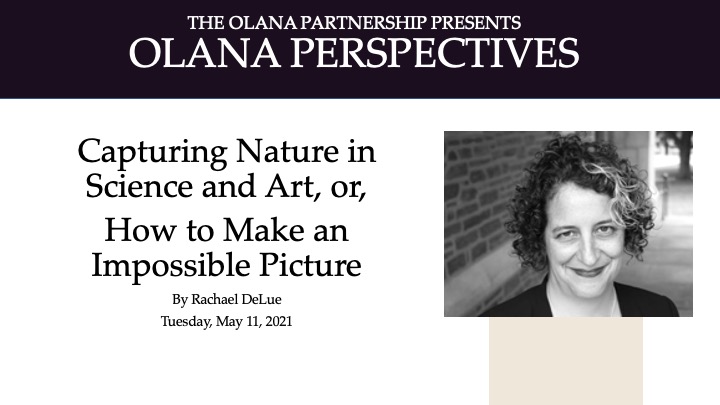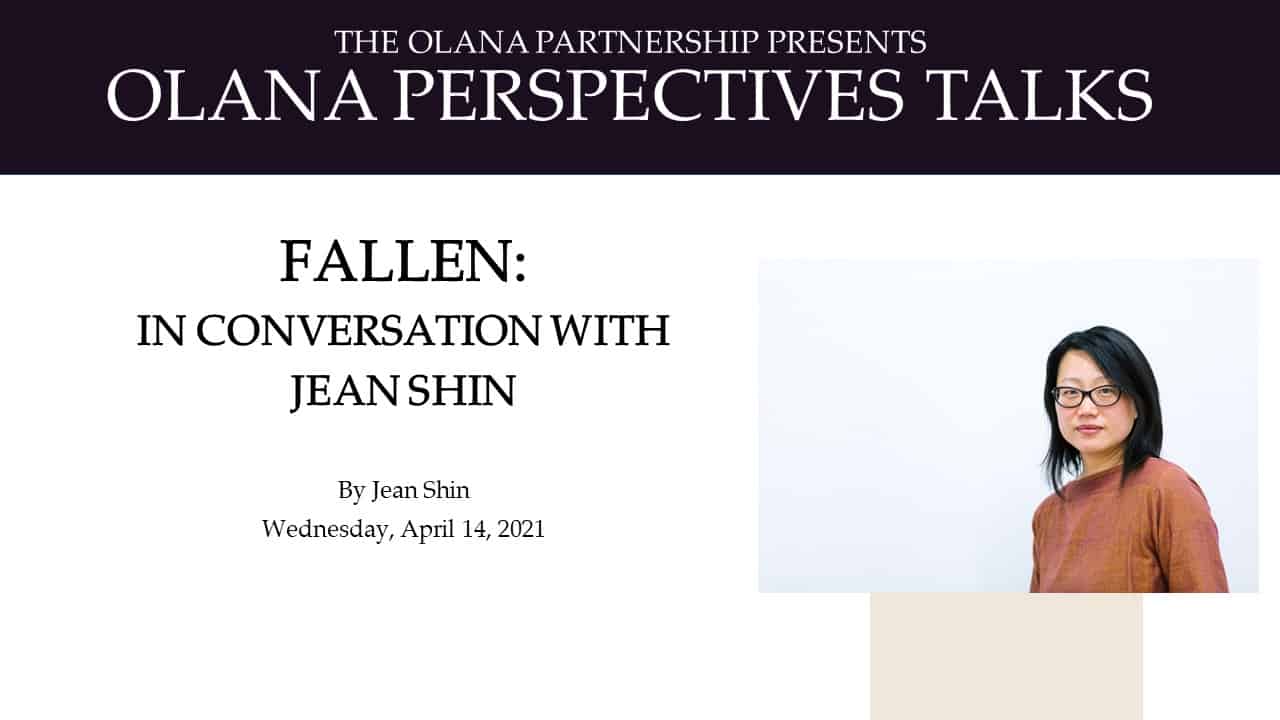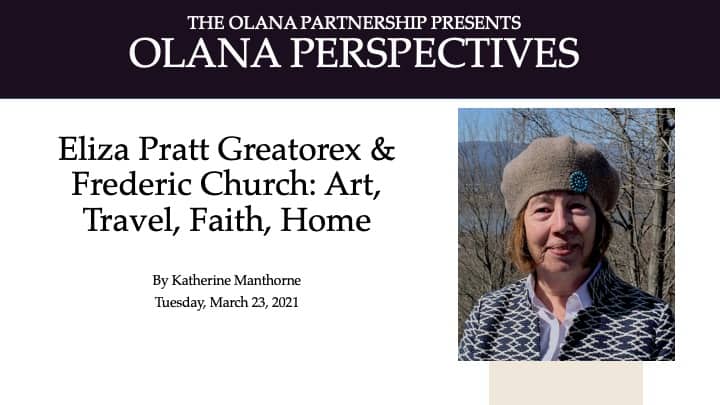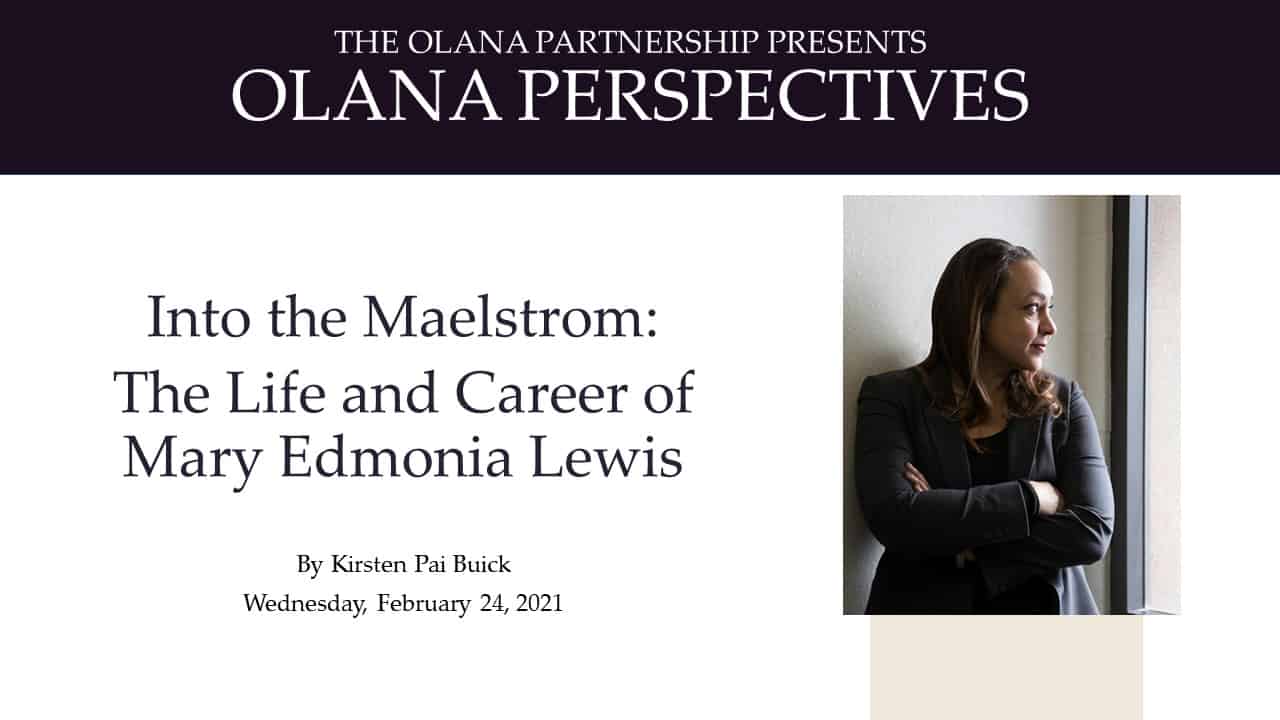Webinars
Capturing Nature in Science and Art, or, How to Make an Impossible Picture by Rachael DeLue
May 11, 2021
The nineteenth-century German naturalist Alexander von Humboldt characterized his life’s work as an endeavor “to represent nature as one great whole, moved and animated by internal forces.” In this presentation, Rachael Z. DeLue, Christopher Binyon Sarofim ’86 Professor in American Art at Princeton University, discusses the challenges presented by such an ambitious undertaking. Consideration of the extraordinary images devised by Humboldt to represent the multifarious phenomena of the natural world sets the stage for an exploration of work by artists like Frederic Church and Martin Johnson Heade, who followed in Humboldt’s footsteps in attempting to render the truth of nature, no matter how elusive, wondrous, or strange. From Humboldt’s teeming diagrams of South American mountain ranges to Heade’s exquisite paintings of hummingbirds, Prof. DeLue explores what it meant in the nineteenth century for artists and scientists to wrangle the natural world with pen, ink, and paint and why, so often, the task proved an impossible one.
Frederic Church’s The Natural Bridge, Virginia: American History and Anxiety by Christopher Oliver
April 28, 2021
In 1851 Frederic Church travelled through Virginia in the company of his patron Cyrus Field with the goal of reaching and painting that state’s most famous landscape, the Natural Bridge. Formerly the property of Thomas Jefferson, the Natural Bridge was frequently rendered by the pencil and brush of nineteenth century artists, very few of whom could escape the outsized legacy of the former President in crafting a popular conception of the Natural Bridge. Christopher Oliver will consider Church’s painting of the following year, The Natural Bridge, Virginia, and its preparatory sketches, which are in the collection of Olana, in relation to the Natural Bridge’s contemporary associations with American history, western expansion, and slavery.
Fallen: In Conversation with Jean Shin
April 14, 2021
Join artist Jean Shin as she shares the ideas and ecological urgency behind her new artwork onsite at Olana, Fallen. During this presentation, learn more about Shin’s work and this project, which brings attention to the loss of this once-majestic hemlock on Olana’s main lawn. When the artist Frederic Church created Olana’s 250-acre naturalistic landscape, he planted thousands of native trees on a hillside that had been previously logged and deforested. In the 19th century, hundreds of thousands of hemlocks were cut down for the tanning industry, which used the tannin in the tree’s bark for the commercial demands of leather-making. Fallen invites viewers to reflect on this tree’s life and the cultural history of this region. While reckoning with the devastating consequences of deforestation in the local history, Shin’s project invites viewers to observe their natural surroundings more closely and witness nature’s struggles. Through her work and during this webinar, Shin will consider how we can learn from the past and coexist without exploiting nature and how we can protect the hemlocks that remain for future generations.
Eliza Pratt Greatorex & Frederic Church: Art, Travel, Faith, Home by Katherine Manthorne
March 23, 2021
Eliza Pratt Greatorex (1819-1897) and Frederic Church (1826-1900) were two near-contemporary visual artists of fierce ambition and enormous talent. They inhabited the same New York art world, traveled extensively in the service of their art, and earned critical acclaim across the United States and Europe. Putting their careers in dialogue, this presentation examines their artistic practices, globe-trotting itineraries and strategies for engaging with the public. Given that Church was a Connecticut Yankee with deep American roots while Greatorex (née Pratt) left her native Ireland for NY during the Great Famine in 1848, Professor Katherine Manthorne will probe the roles that family background, faith and gender played in their individual searches for success and home.
Into the Maelstrom: The Life and Career of Mary Edmonia Lewis by Kirsten Pai Buick
February 24, 2021
In the U.S., one of the earliest and most passionate discussions around the fine arts and their role in defining American identity and national aspirations took place over neoclassical sculpture. Issues of belonging and citizenship, gender, race, region, and class were negotiated through the medium of marble. In the 19th century, Mary Edmonia Lewis (1845-1907), the first woman of Ojibwe and African American descent to gain international acclaim as a sculptor, entered these conversations. In this presentation, Professor Kirsten Buick will explore the impact of Lewis’s career on the most compelling debates of her day–the fight to abolish slavery, True Womanhood, spirituality, and how the U.S. would resolve its relationship to its Indigenous populations.
Sacred Geographies: Frederic Church, the Holy Land, and the Hudson Valley by Jennifer Raab
January 6, 2021
During this Olana Perspectives Webinar, Jennifer Raab, Associate Professor in the History of Art at Yale, will investigate how Frederic Church’s travels through the Middle East and his paintings of Jerusalem and Petra shaped his Hudson Valley home and masterpiece, Olana. Raab is the author of Frederic Church: The Art and Science of Detail (2015), which considers a selection of Church’s major landscape paintings in light of scientific discoveries of the nineteenth century.







